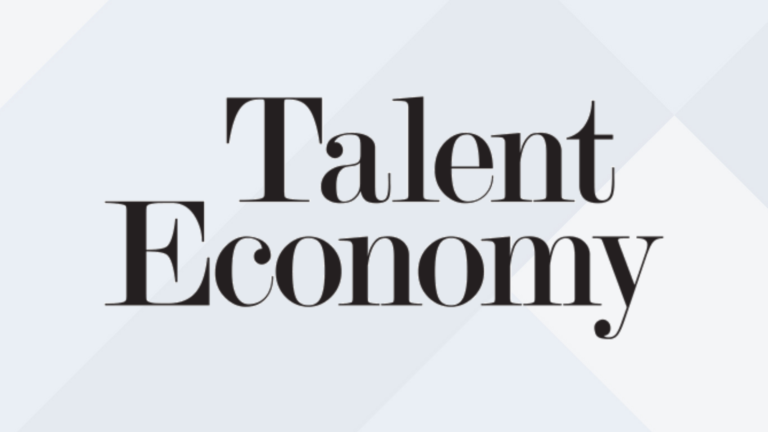In a rapidly changing economic landscape, educational assistance programs through tax policy changes can offer employers a competitive advantage, write W/A’s Erica Price Burns and Liz Simon of General Assembly. Employers today are grappling with two connected human capital challenges: identifying and cultivating a workforce with the skills to compete, and finding ways to retain those workers to limit the costly cycle of recruiting and retraining their replacements.
At the same time, a confluence of factors — including a tightening labor market and pernicious skills gaps — has led to a seemingly paradoxical narrative. Six-in-10 manufacturing jobs are currently going unfilled. Seven-in-10 employers report that a shortage of workers with the necessary skills limits their ability to compete. Yet droves of Americans struggle to find jobs that put them on a path toward economic mobility. And in some high-growth fields, diversity gaps risk exacerbating wage inequality.
In a rapidly changing economic landscape, educational assistance programs through tax policy changes can offer employers a competitive advantage, write W/A’s Erica Price Burns and Liz Simon of General Assembly.
Read more in Talent Economy.




